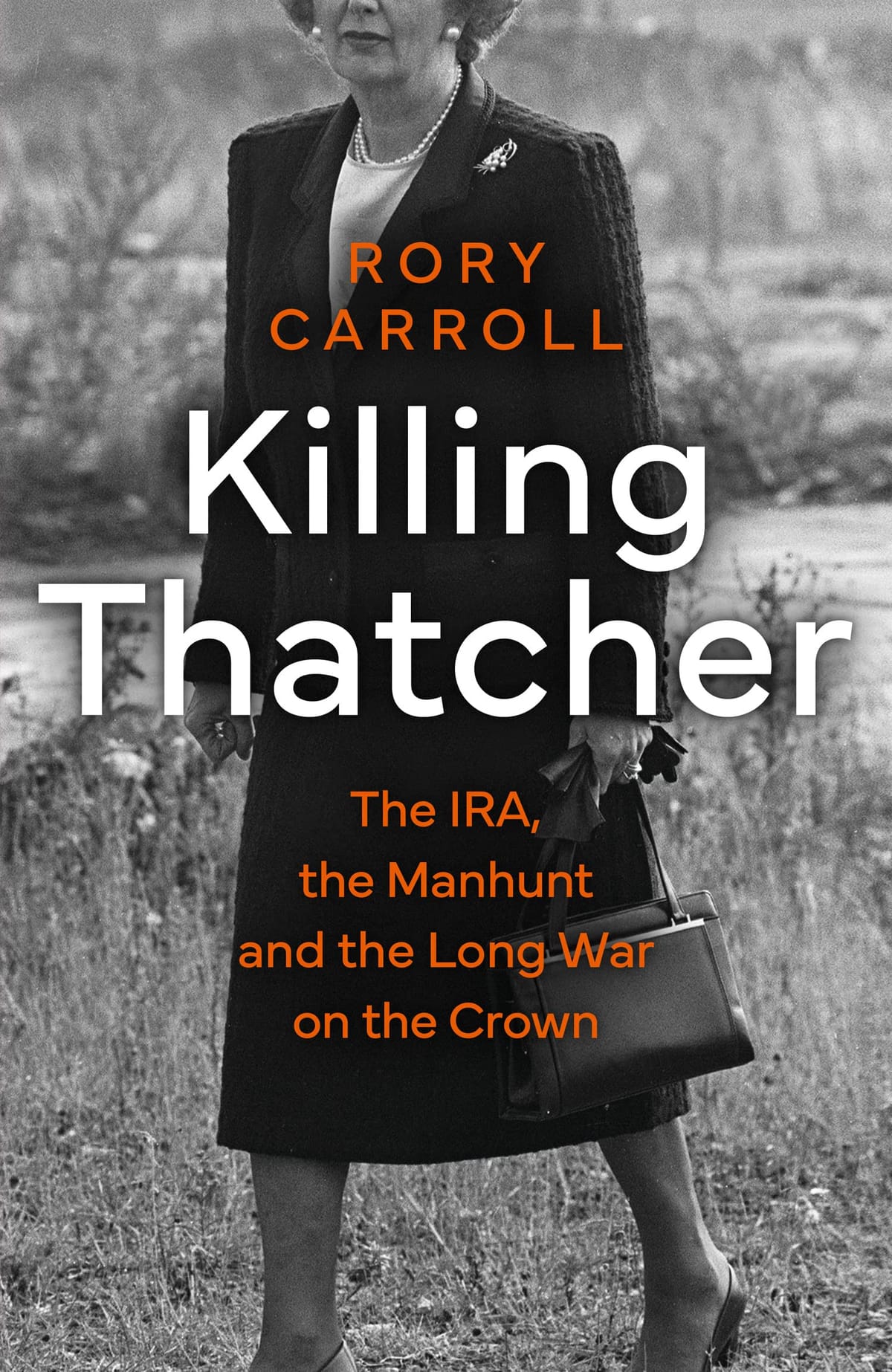Book review: Killing Thatcher
A commentary on Rory Carroll’s investigation into the near-assassination of Margaret Thatcher.

Killing Thatcher, written by The Guardian’s Ireland correspondent Rory Carroll, retraces the events surrounding the infamous Brighton bombing in 1984 and the IRA’s attempt to kill the sitting Prime Minister, Margret Thatcher. Released in the wake of the 25th anniversary of the Good Friday agreement, the non-fiction book is the first to focus solely on the event.
The man tasked with assassinating Maggie Thatcher, ironically named Patrick Magee, was someone who can’t catch a break. He had a troubled relationship with his wife, got arrested countless times, and, this goes without saying, didn’t manage to kill Thatcher.
Carroll’s detailed account of Magee’s whereabouts in England are interspersed with his own reflections later on in life, which are characteristically dry – for example, ‘my life was too chaotic’ used to describe ‘...a series of setbacks’. Magee deliberately presented himself to the world as so dull that no one seems to even remember what he looks like (a useful trait for someone who has attempted to assassinate a sitting prime minister); Carroll does well to chip away at this façade and reveal a more detailed portrait of the man. The bleak reality of being an anonymous IRA operative in England is contrasted with the historical implications of the task at hand. Just as how Guy Fawkes planted a bomb under the Houses of Parliament that didn’t even go off, and now effigies of him are burned every year. The events of the book must seem surreal to those born after The Troubles; ‘one of the great what ifs’ that even Thatcher herself chose not to comprehend.
Carroll dwells on some of the major turning points throughout The Troubles, such as the death of Bobby Sands and the rise of Gerry Adams’ Armalite and Ballot Box strategy, providing context for readers unfamiliar with the period. However, by focusing on the ‘England Department’ – and specifically a single operation of theirs – these public-facing protagonists are sidelined in favour of a different kind of history. One populated with regular people: students, office workers, and landlords. The accounts in the book provide important insight into the human cost of the troubles on both sides. Relief comes, somewhat unsurprisingly, not from the members of the IRA (and Gerry Adams), but from the British detectives tasked with locating Magee. The tangle of regional agencies searching for Magee as he evades capture across the UK, with the regional jurisdiction changing every other page, results in a thrilling chase of comically bureaucratic proportions.
Maybe it’s still too soon for a screen adaptation of these events; Carroll has been sensitive with his accounts and sources (with obvious reason), and many wounds are still fresh, particularly regarding Thatcher’s then ‘loyal enforcer’ Norman Tebbit, whose wife was paralysed by the assassination attempt. However, the book is a thorough account of a major event in modern British history that is genuinely hard to put down. Following the successes of The Crown, with its relentless march from past through to present, and the Happy Valley genre of regional crime drama, Killing Thatcher has all the hallmarks of a hit series. Regardless of how people judge the event, Carroll has provided a valuable account, and one to remember.









